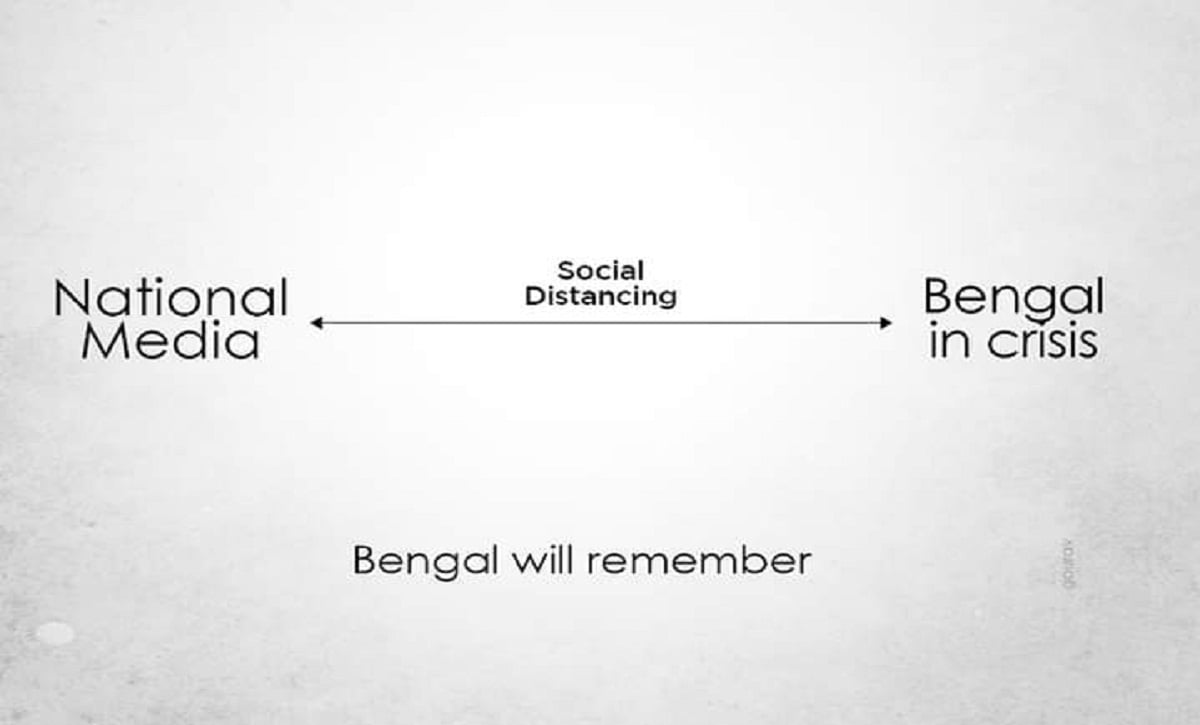On May 20th, while West Bengal faced massive destruction by super cyclone Amphan, sustaining wind speed of upto 155km/hr, the National Media turned a blind eye as it was busy admiring the pink sky in Bhubaneshwar.
As ridiculous as that may sound, on that day people of Bengal realized how national media prefers page 3 news over a disaster.
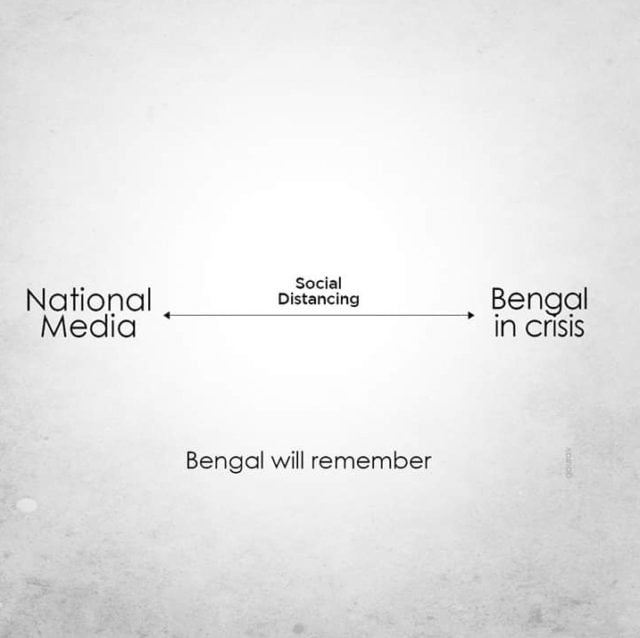
The Impact
Classified as supercyclone, 86 people have been reported dead in West Bengal as the state became the epicenter of its landfall. While ‘86’ remains the haunting number, on one hand, the damage done by the Amphan remains irreparable.
With several districts being completely washed out, people are rendered homeless and are aware that the state will have to bear Amphan’s impact for several years to come.
Even with Sunderbans buffering the impact of the cyclone, mud houses and embankments of all the coastal districts got washed out as its people are now battling for survival.
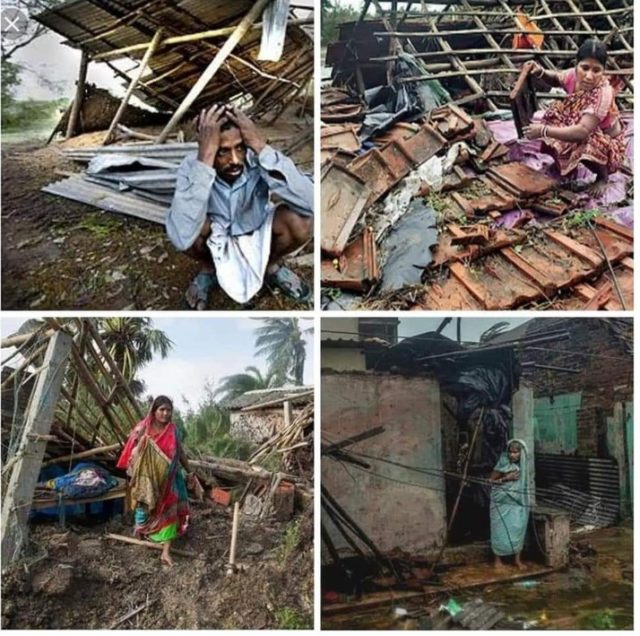
Personal Experience
The city of Kolkata faced heavy rainfall and fast winds clocking 133km/hr. Even though I was amongst the ‘privileged class’ who had shelter from the storm, the sound of the wind itself was bone-chilling.
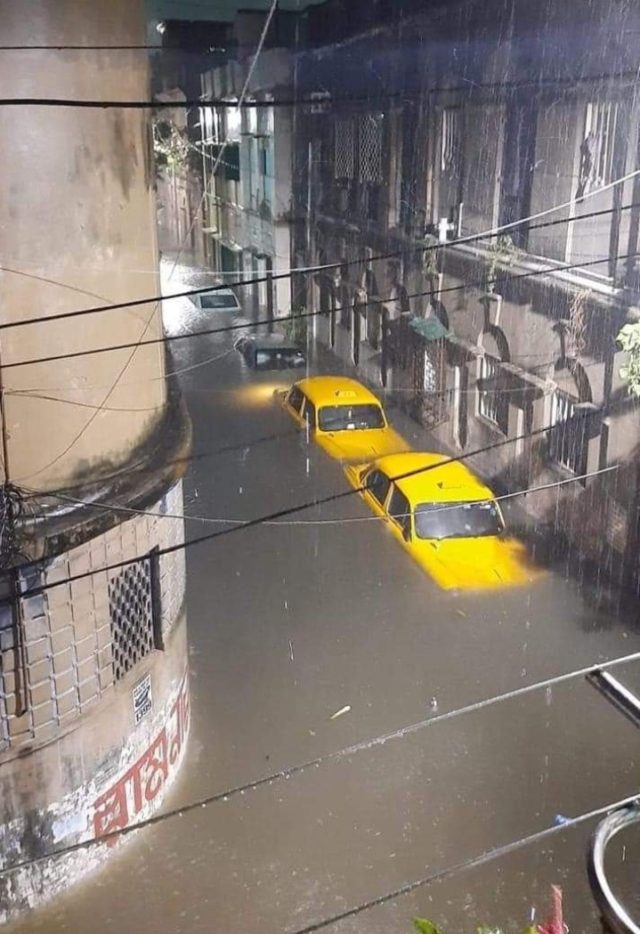
Even from my room, I could hear asbestos roofs flying off and glass panes breaking down while trees and electric poles snapped like twigs. As the city prayed for the storm to pass over, this is when we noticed how the national media was ignoring all this.
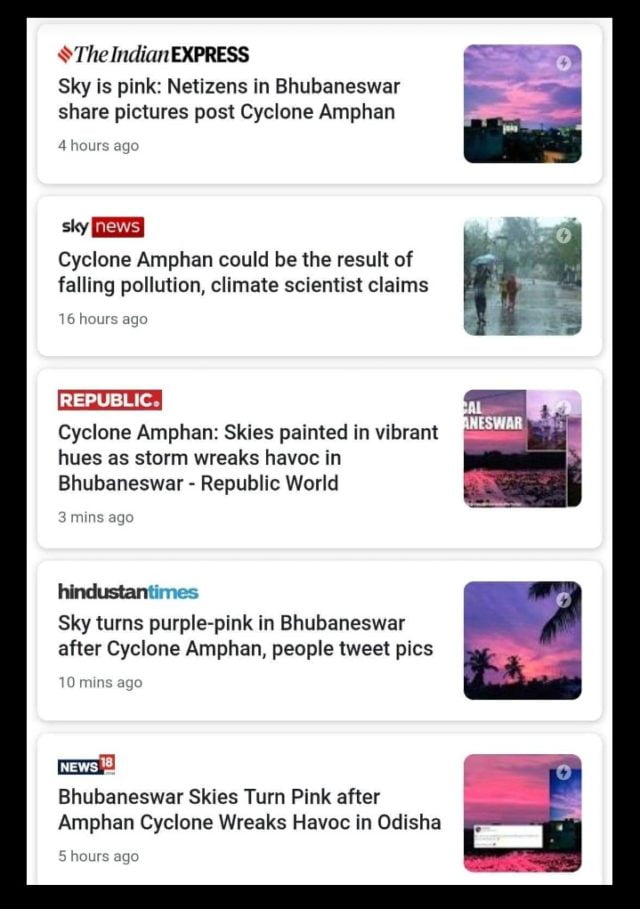
While we looked for some information regarding the storm, we found out that the only news national media was covering regarding Amphan was – how Bhubaneswar experienced a pink sky because of it.
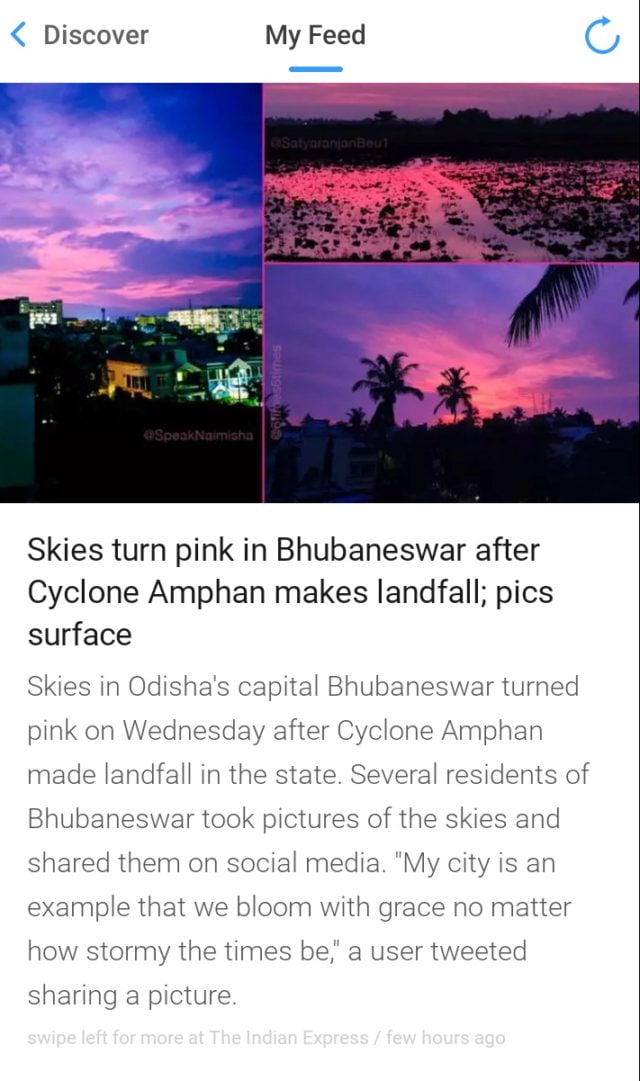
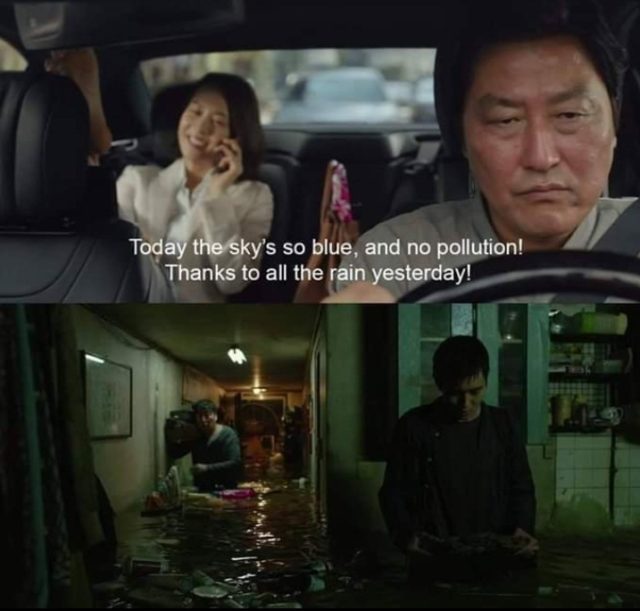
West Bengal, which also happens to be an Indian state, was left completely ignored by the rest of India in the day of crisis.
India’s top trending hashtags on the popular social media was #1monthforVjayBdayBash, #internationalteaday, #Ayodha, #weloveyouliam and few others.

Although the birthday spirit, love for some guy named Liam (I know who he is, thank you) and the importance of a nice cup of warm tea cannot be ignored, it’s heart-wrenching how snobbish and inhumane India can act when one of its states was getting wiped out.
If the Australian fires could be reported globally and trigger a global response of people coming forward to help why should Bengal and the impacted districts like 24 Parganas and Kolkata be ignored? It is India’s disaster not Bengal’s. And we need to make our voices heard.
— Boria Majumdar (@BoriaMajumdar) May 22, 2020
ALSO READ: This Is The Level Of Devastation I Saw Amphan Create From The Windows Of My House In Kolkata
Survivor’s Guilt
As people who live in the city barely survived the storm, their houses faced damages. Their electric supply, water connection, cable TV, network and internet connection were also cut off. Once the storm got over, we wondered when those ‘essential services’ will resume.
But as the pictures of damages caused by the storm surfaced, we realized that we are privileged enough to complain as several people have lost their homes and all these are luxury for them.
Also, it has been more than 7 days and most of the services haven’t resumed in major parts of the city, and the situation is quite worse in other districts.

National Media
While the regional news channel covered the storm in detail, national media turned a blind eye. News reporters of the local news channels braved the storm and brought us live images from several parts of Bengal while national media remained silent.
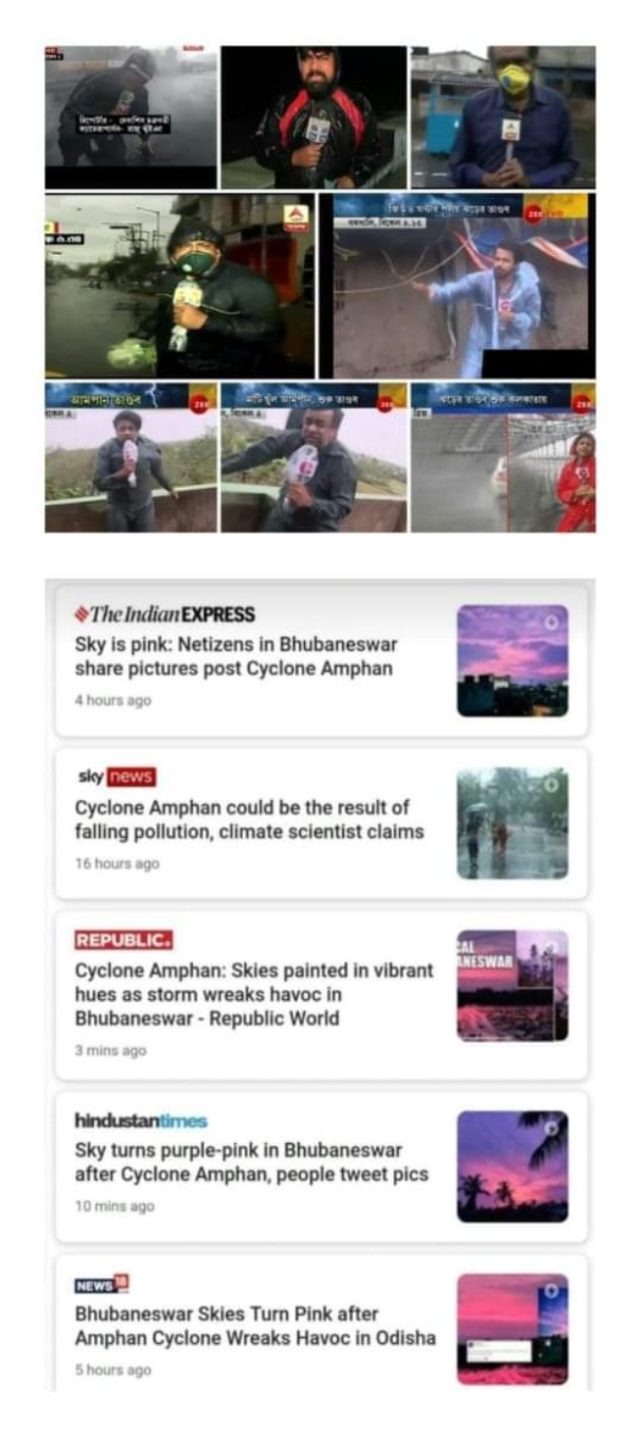
Ironically it was channels like BBC and CNN, foreign news channels that did their job.
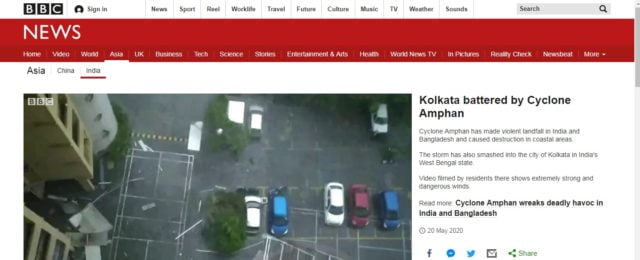
After a day of complete silence, a Hindi news channel had the audacity to advertise its news segment as a ‘ground report’ of the storm.

As the pictures of the damage done by the cyclone surfaced, a picture of Sourav Ganguly went viral that showed the former captain removing a fallen tree from his balcony.
A news channel thought that to be important enough and made it a topic of discussion for three anchors to discuss.
Along with their ‘detailed reporting’, they wondered how severe the storm might have been that it had brought the former captain to his balcony to remove a tree.
Had they reported the storm itself, they wouldn’t have to wonder that from a studio.
Touched by massive coverage on National Media, the trending #PrayForBengal hashtag & prompt declaration of the worst cyclone since 1737 as a national emergency. Call-kaataa & Bangaal have roshogollaed their way through 1943, they'll do so again.Meanwhile, you can keep the anthem.
— Srijit Mukherji (@srijitspeaketh) May 21, 2020
On 22nd May, the prime minister of the nation visited the state. Finally, that is what made the national media take notice of the devastation, and consider it to be important enough to be reported.
The reaction of national media and the nation made every Bengali wonder what does the state mean to them, or is it just a place for their movie promotions and stupid ‘ami tomake bhalobashi- roshogolla mishti doi’ chant.

It also made us realize how national media prioritizes page 3 material over actual news. If it wasn’t the case the recent Mizoram earthquake and Assam flood wouldn’t have been ignored.
If it wasn’t the case, National Media wouldn’t have felt the need to ‘spice up’ Uttarakhand forest fire with fake images.
Image Sources: Google Images
Find Blogger @AyushArcher05
This post is tagged under: super cyclone amphan, west bengal, natural calamity, tornado, damage, no electricity, water, suffering, city, state, national media, no coverage, pink sky in Bhopal, no trending hashtags, regional media, reports about the storm, alerts, sensational news only, Amphan coverage in international media, Amphan coverage in national media, ignored
Other Recommendations:


























